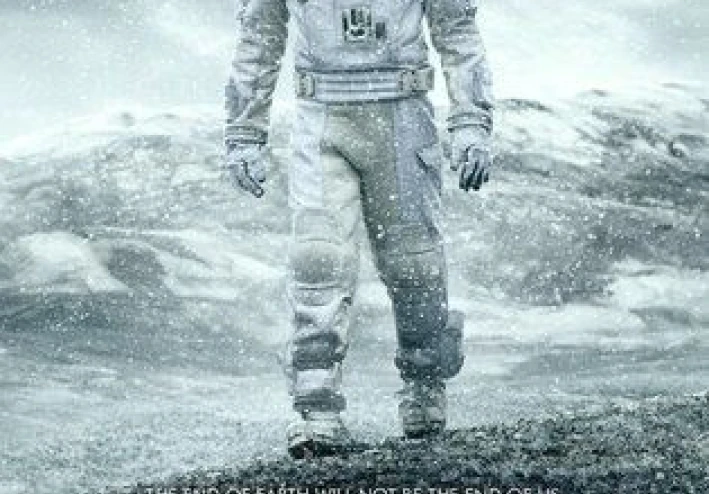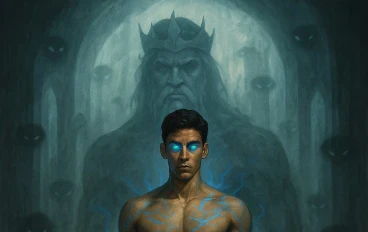
Interstellar: l Between science and human fee
Interstellar: Between Science and Human Emotions
Since the dawn of humanity, people have looked up to the sky in wonder, questioning the mysteries of the universe and what lies beyond the stars. Yet very few films have managed to capture this profound human curiosity as powerfully as Interstellar, directed by Christopher Nolan and released in 2014. The film is not just a space journey; it is a blend of science, philosophy, and deep human emotions that makes us rethink the meaning of survival, sacrifice, and even love.
The Beginning of the Story
The film takes place in a bleak near-future, where Earth is no longer suitable for sustaining life. Crops are dying, dust storms are becoming stronger, and humanity faces the threat of extinction. In the middle of this despair emerges the protagonist, Cooper (Matthew McConaughey), a former pilot turned farmer who lives with his young daughter Murphy and his son. Cooper finds himself forced to make a life-changing decision: to join a secret space mission in search of a new habitable planet that could save humanity.
The Struggle Between Science and Emotion
One of the most remarkable aspects of the film is the balance between precise scientific concepts and profound human feelings. Nolan collaborated with physicist Kip Thorne to ensure the accuracy of black hole depictions and time relativity. For example, the idea that one hour on a planet near a black hole equals seven years on Earth is not just gripping science fiction—it is based on real scientific theory.
But what truly makes the film unforgettable is not only its science, but its human story. Cooper leaves his daughter Murphy, fully aware that she may grow old while he is still on his mission due to time dilation. This creates one of the film’s most emotional layers, as it explores the bond between a father and his daughter and raises a timeless question: what connects human beings more strongly than love?
Philosophical Symbolism
The film poses profound philosophical questions:
Are we merely creatures struggling to survive?
Is love a force that can transcend time and space?
And is the future a fixed destiny, or can humanity shape it?
Murphy’s character symbolizes hope and determination as she works tirelessly to solve the equations that might save humankind. Cooper, on the other hand, embodies sacrifice for the sake of the species. In the end, it is the bond of love between father and daughter that unlocks the solution—a powerful message that emotions are not secondary to science, but sometimes the key itself.
Visual and Audio Brilliance
From a cinematic perspective, Interstellar is a visual masterpiece. The depiction of distant planets, the massive black hole Gargantua, and the travel through the wormhole are unlike anything audiences had seen before. The score by Hans Zimmer was an inseparable part of the experience, making moments of silence in space or scenes of human sacrifice even more moving and unforgettable.
Impact on the Audience
The film left a deep mark on viewers worldwide. Some left the theater reflecting on the mysteries of the universe, while others thought about their families and loved ones. To some, it was a call to invest in science and space exploration; to others, it was a reminder of the enduring value of human relationships. This duality is what turned Interstellar into a cinematic icon that is difficult to replicate.
Conclusion
Interstellar is not just a science-fiction film—it is a journey into the depths of the human soul. It reminds us that science without emotion loses its meaning, and that love may indeed be the one force capable of transcending time and space. Perhaps we still live on a planet facing environmental challenges, but the film inspires us to never forget those we love on Earth while we dream of the stars.




























